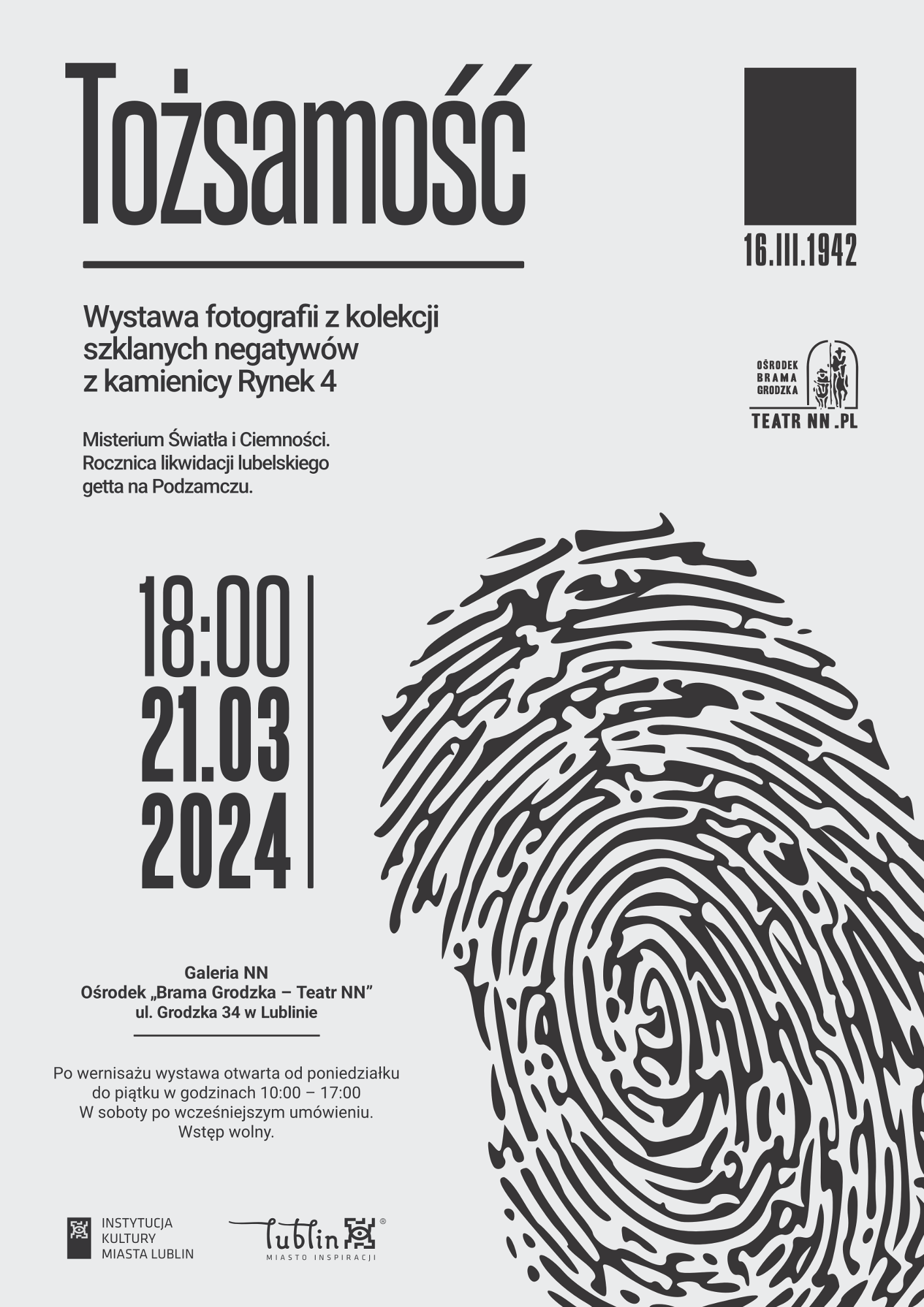Robert Kuwałek connected with the environment of the NN Theatre in the '90s. It was the beginning of the interest of the Theatre in Jewish culture and it was related to the realization of the spectacle Earthy Foods
inspired by the work of Grigorijus Kanovičius – a Jewish writer from Vilnius. In 1994 Robert took part in the first academic session organized in the Grodzka Gate that was titled Jews of Lublin
and from this point on collaboration with him became a constant in our activity.
Robert had priceless contribution to the activity of the Centre, not only as an expert and lecturer involved in the implementation of certain projects, but mainly as a teacher and friend of many employees of the Centre – always ready to help and advise, sharing the vast knowledge and richness of personal connections and inspiring future actions. We are very grateful for that.

























